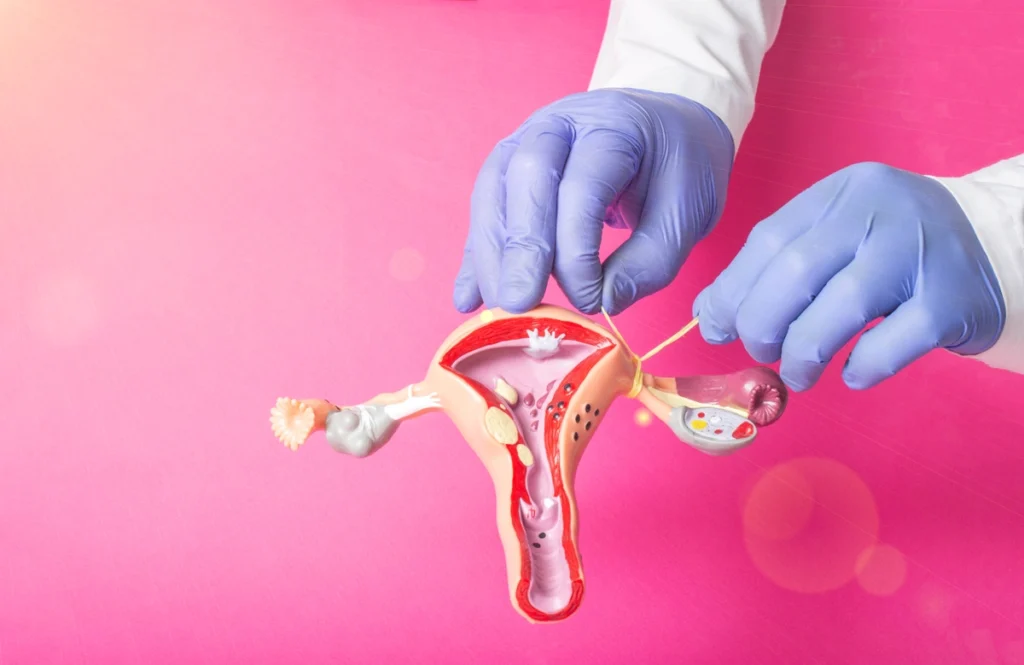
Choosing a path to pregnancy after a tubal ligation involves understanding the available options. Many women explore procedures like tubal reversal and in vitro fertilization (IVF) to grow their families. Making an informed decision starts with learning about what each path entails, how they differ, and what factors might influence the outcome. This information can help you have a more productive conversation with a healthcare provider about your personal circumstances and goals.
What Are the Key Differences?
When comparing a tubal reversal to IVF, it helps to look at the fundamental aspects of each approach. Both are methods used to achieve pregnancy, but they work in very different ways. The main distinctions relate to the surgical nature, the conception process, and the potential for multiple pregnancies.
- Surgical vs. Non-Surgical Approach: A tubal reversal is a surgical procedure to reconnect the fallopian tubes. IVF, on the other hand, involves a series of medical treatments to create an embryo outside the body without surgery on the fallopian tubes.
- Conception Method: With a successful tubal reversal, conception occurs naturally within the body. IVF facilitates fertilization in a laboratory, and then a doctor transfers the resulting embryo directly into the uterus.
- Opportunity for Pregnancy: After a tubal reversal, you have the chance to become pregnant each month with your natural cycle. With IVF, pregnancy is limited to the cycle in which an embryo transfer takes place.
Understanding these core differences provides a foundation for a deeper look into how each procedure works. Your age, the type of tubal ligation you had, and your overall health can influence which option may be more suitable for you.
How Does Each Procedure Work?
The processes for tubal reversal and IVF are distinct. One restores the natural function of the fallopian tubes, while the other bypasses them entirely.
Tubal Reversal
This is a surgical operation designed to repair and reconnect the fallopian tubes. A surgeon makes a small incision in the abdomen to access the tubes. Using microsurgical techniques, the surgeon removes any blocked segments and carefully reattaches the separated ends.
The goal of this procedure is to restore the original pathway for an egg to travel from the ovary to the uterus. If the surgery is successful, the fallopian tubes are once again open. This allows for natural fertilization to occur in subsequent menstrual cycles. Recovery time varies, but many women can return to normal activities within a few weeks.
IVF
In vitro fertilization is a multi-step process. First, you will take medications to stimulate your ovaries to produce multiple eggs. A doctor then retrieves the mature eggs from the ovaries during a minor procedure.
In the laboratory, an embryologist combines the eggs with sperm to allow fertilization to happen. The resulting embryos develop for several days under observation. Finally, a doctor transfers one or more healthy embryos into the uterus. The IVF process bypasses the fallopian tubes completely, making it an option for women even if their tubes are blocked or damaged.
What Are the Success Rates?
Success rates for both procedures can vary widely based on individual factors. For a tubal reversal, success often depends on the woman’s age at the time of the reversal, the type of tubal ligation originally performed, and the remaining length and health of the fallopian tubes after reconnection. Younger women with more tube length generally have higher rates of pregnancy.
IVF success rates are also heavily influenced by age. Other factors include the cause of infertility and the quality of the eggs and sperm. Clinics often report success rates based on live births per embryo transfer. Reviewing data from fertility centers can provide a clearer picture of potential outcomes for specific age groups and situations.
Consult a Tubal Reversal Specialist
Navigating your fertility options can feel complex, but you do not have to do it alone. A specialist can review your medical history and help you understand the details of each procedure. They can provide personalized information based on your specific health profile and family-building goals. We encourage you to schedule a consultation to discuss whether a tubal reversal or IVF is the right choice for you. Taking this step can provide the clarity you need to move forward with confidence.





